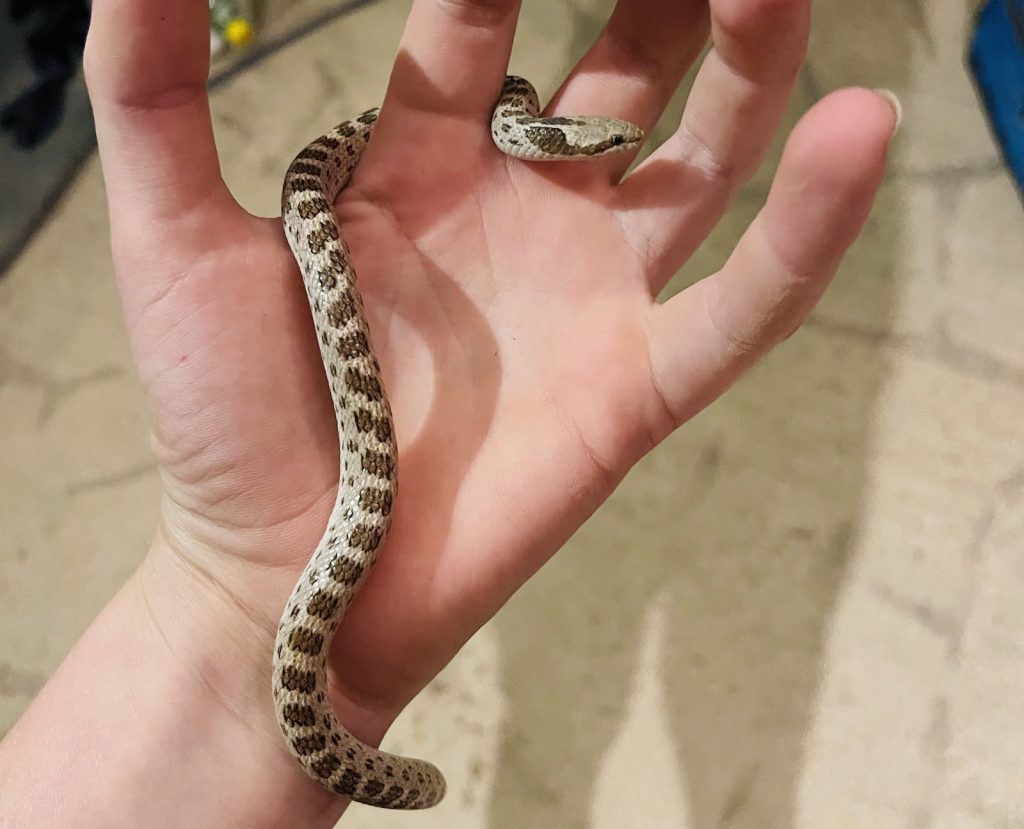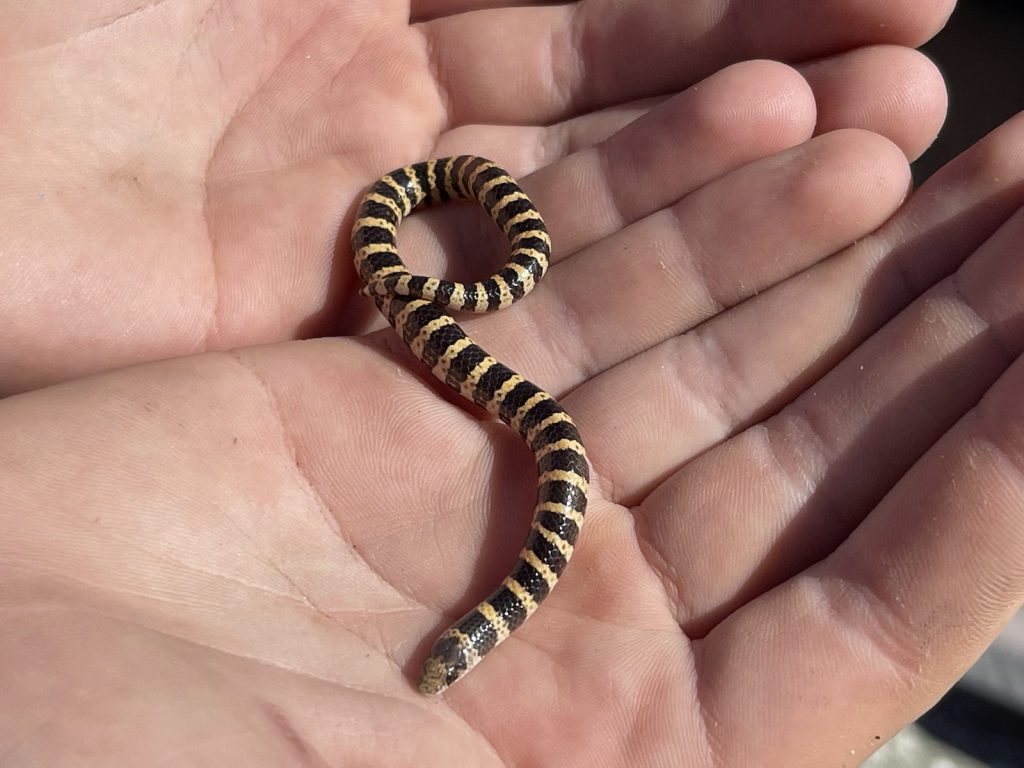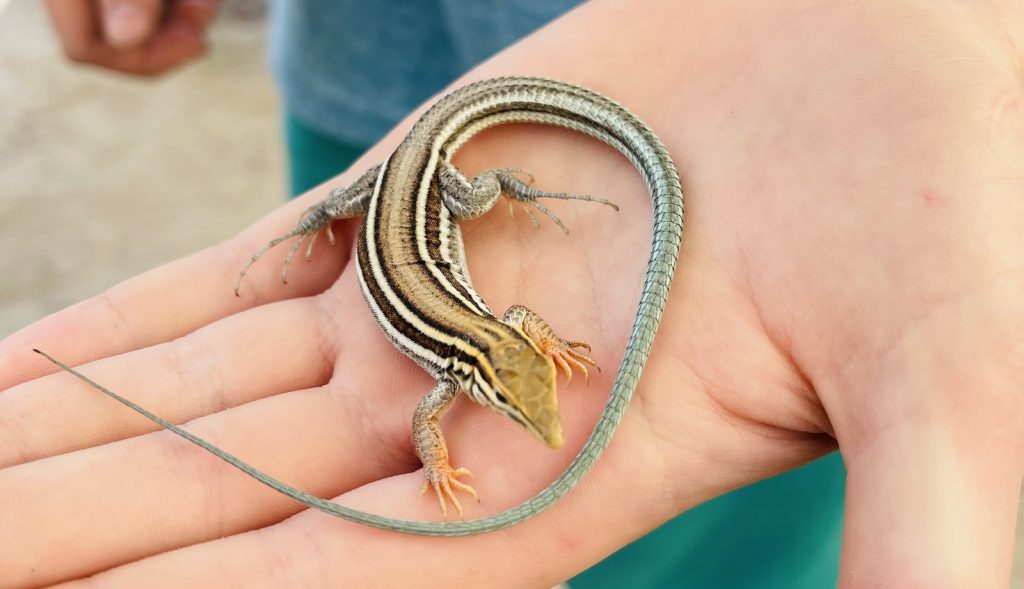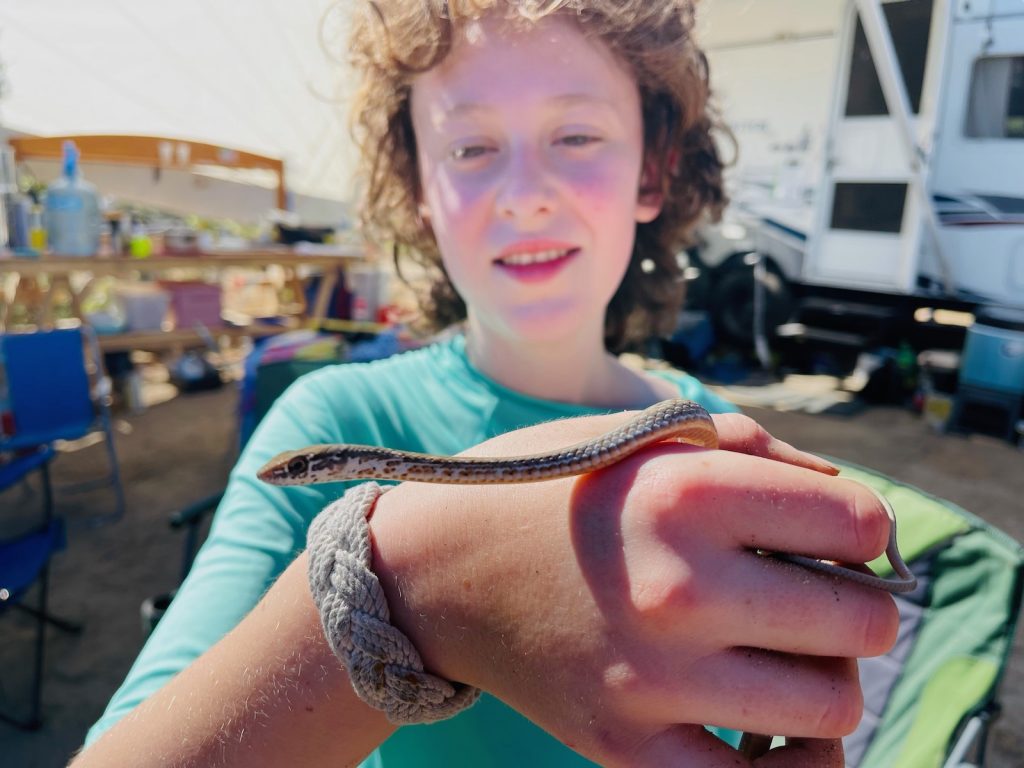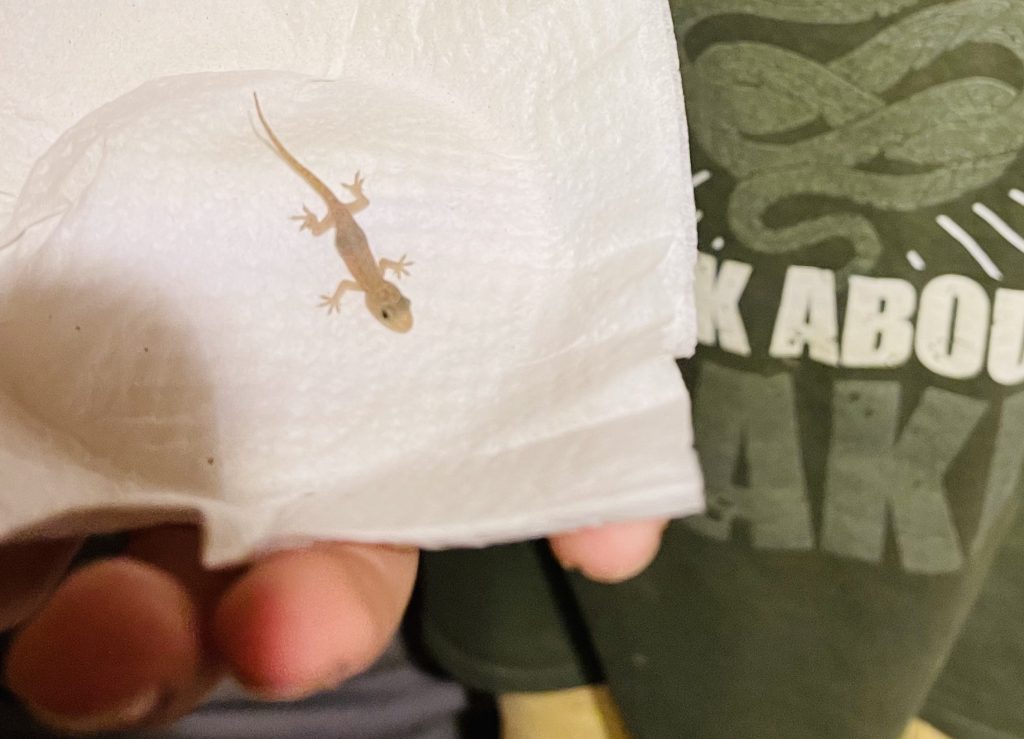
The Asian House Gecko (Hemidactylus Frenatus) is common, quick and, unfortunately, invasive in Mexico. It is also invasive in Australia, the USA, the Galapagos, East Africa, Hawaii, nearly all of Central America and many parts of South America. Fortunately, in Baja, there are no native species that compete with the house geckos, and they are much less damaging than some other invasive species in other places, for example the Burmese Pythons in Florida. All house geckos are relatively small and nontoxic, and frequently live in close proximity to humans. They live in trees and houses and eat insects. They are a good food source for many snake, bird, lizard and mammal species. As their name suggests, these geckos are originally from Asia. They have conquered nearly all of their survivable habitat. In my opinion, humans and house geckos have a symbiotic relationship: we give them protection and they eat annoying house bugs!
